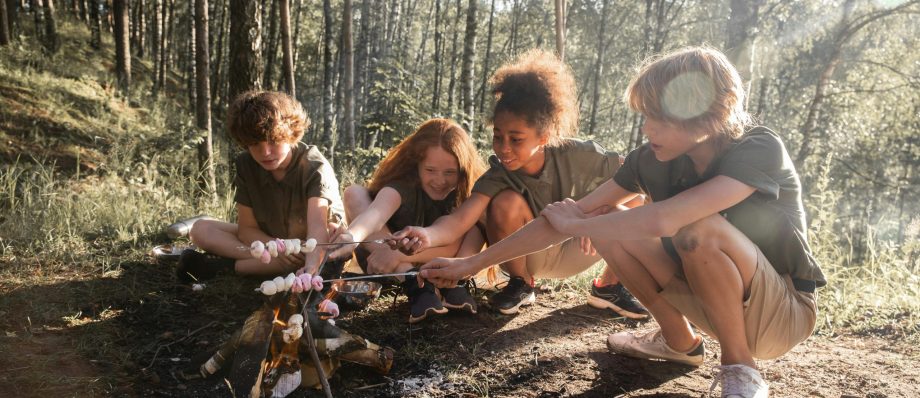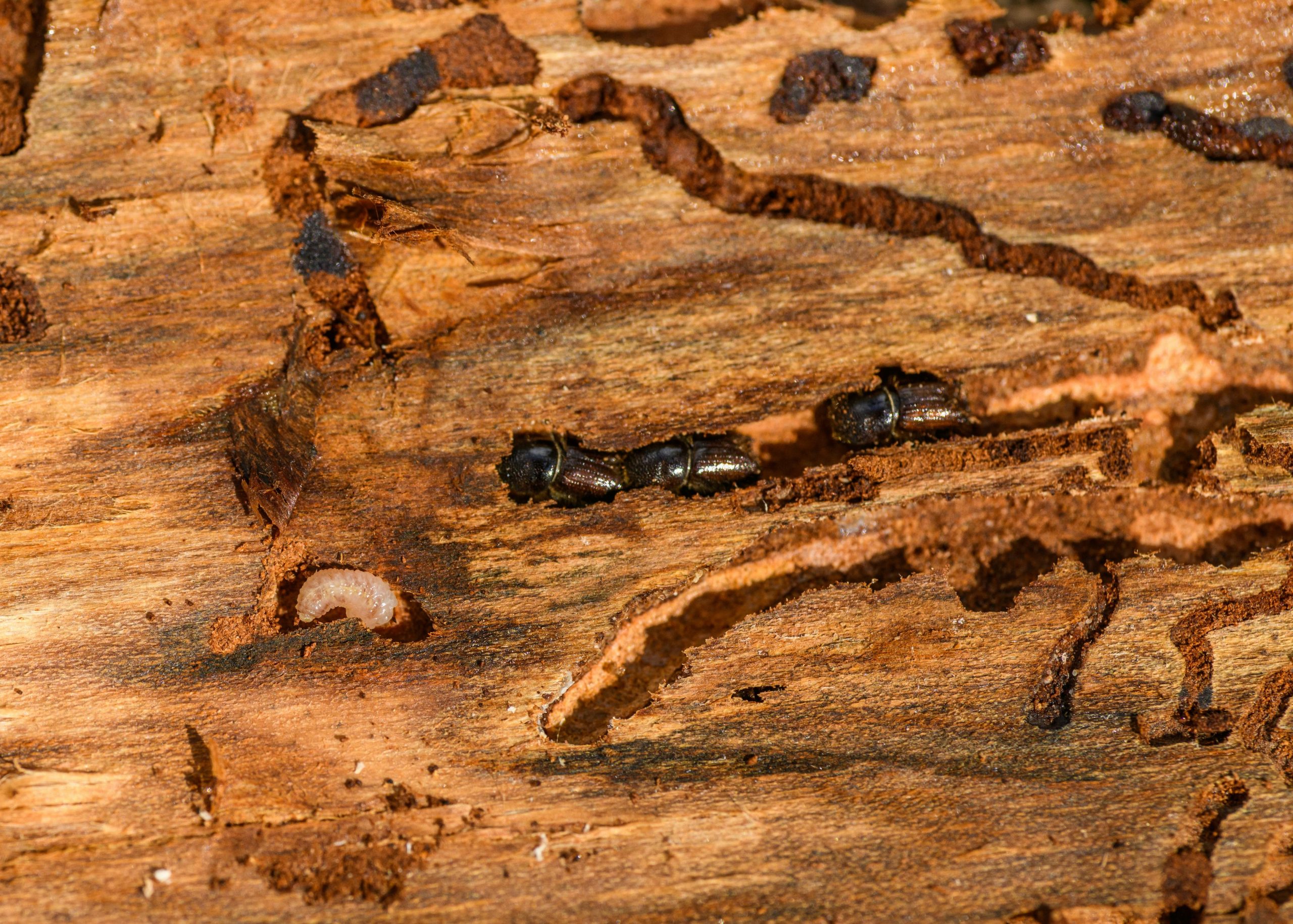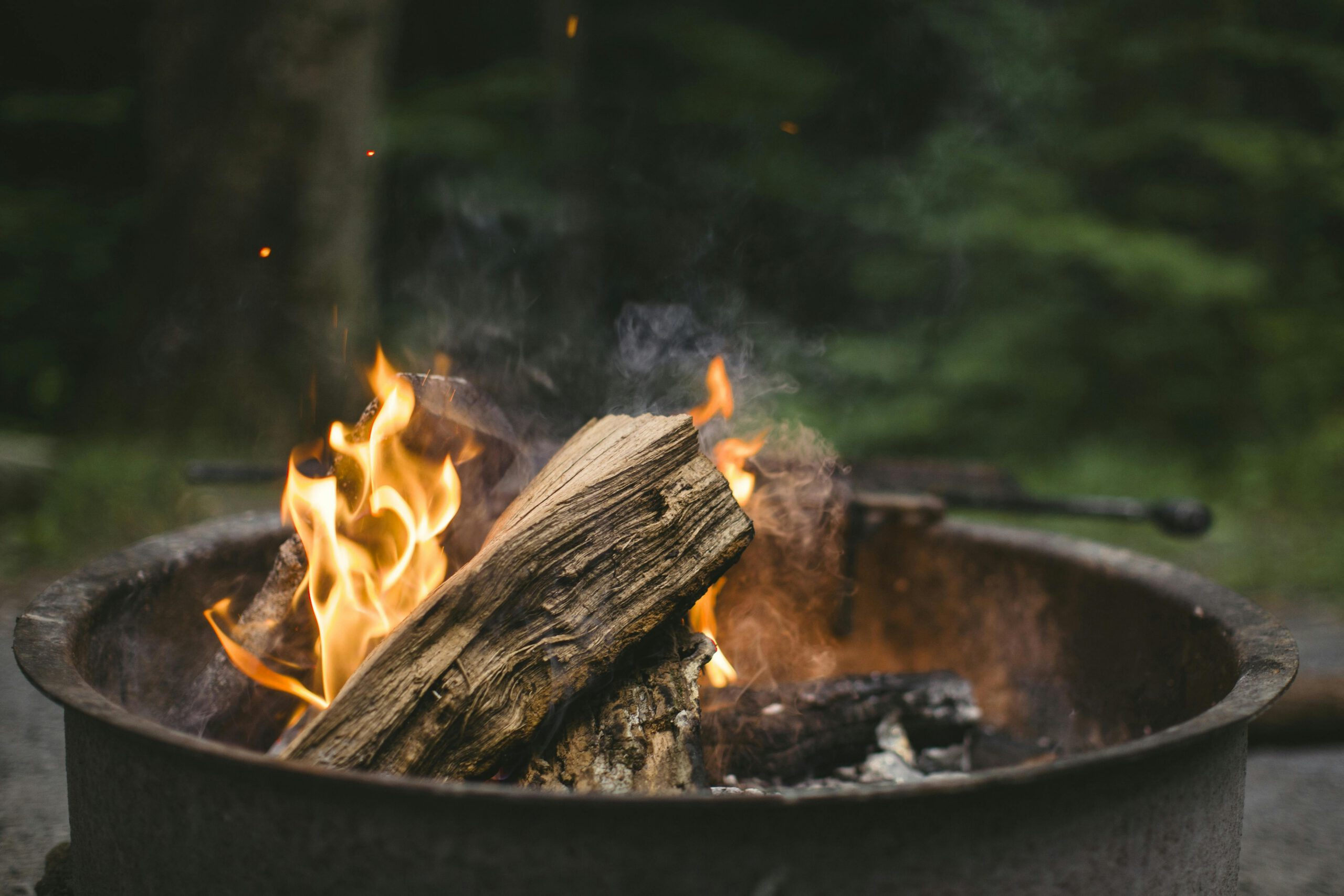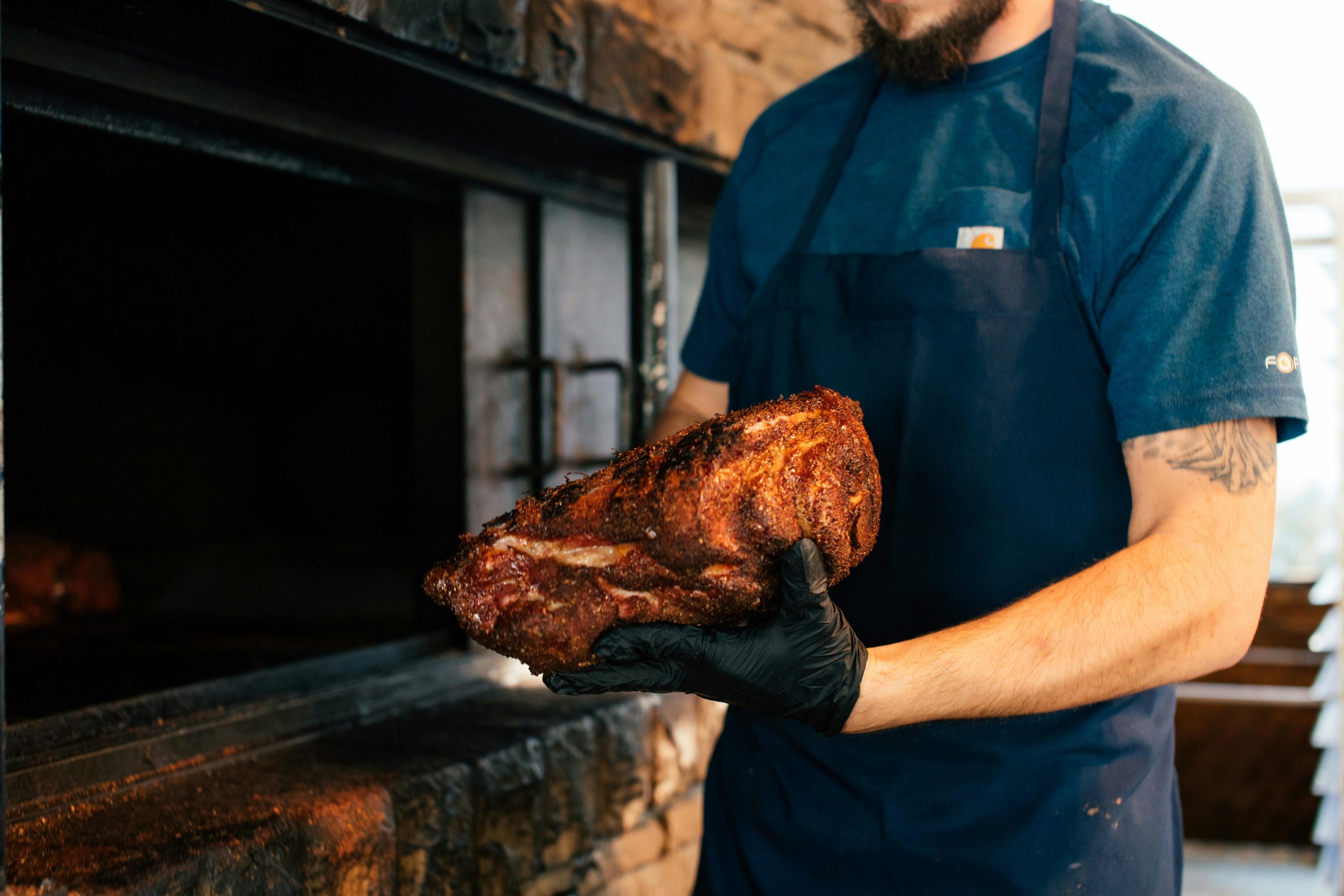Your Campfire Cooking Kit Doesn’t Need All That Stuff
Table of Contents
There’s something timeless about gathering around a fire to cook a meal. Whether you’re flipping burgers with friends or simmering chili while the kids chase fireflies, campfire cooking turns an ordinary weekend into a small adventure. But when it comes to gear, it’s easy to get overwhelmed. A quick search for “campfire cooking kit” yields an avalanche of gadgets, many of them expensive, bulky, or—let’s be honest—completely unnecessary.
If you’re the kind of camper who heads out on the occasional weekend trip with family or friends, this guide is for you. No hype, no fluff—just a clear look at what you actually need to cook well outdoors, what’s nice to have if space allows, and what’s better left behind.
Start with Fire, Every Time
Before we even get to cookware, let’s talk fire. Without it, nothing else matters. A reliable fire-starting setup is the backbone of any outdoor kitchen. Keep it simple and consistent: waterproof matches, a refillable waterproof lighter, and a stash of dependable fire starters. Store them in a sealed pouch or container, because even a few drops of moisture can turn your fire plan into frustration.
Your fire deserves good fuel too. If you’re sourcing wood at your campsite or bringing it from home, always aim for seasoned hardwoods. Species like oak, ash, birch, and maple burn hot and steady, offering the kind of even heat you need for cooking. Softwoods like pine or cedar, on the other hand, spark excessively and give off smoke that coats food in a bitter film. If you’re not sure where to find hardwood in your area, our firewood supplier directory is a great place to start.
The Core Pieces: Just Enough to Do It All
You don’t need much to cook well at a campsite. In fact, the best outdoor meals usually come from the humblest setups. Think of your campfire cooking kit as a pared-down version of your home kitchen—just the pieces you actually reach for, only more durable.
A cast iron pan (Lodge is the classic choice here), can handle nearly anything. It sears meat beautifully, holds heat well, and transitions easily from frying eggs in the morning to making skillet cornbread at night. A Dutch oven expands your options even further, letting you braise, stew, or even bake right over the coals. The weight may not suit backpackers, but for car campers and weekenders, cast iron is hard to beat. Our favorite is this combination set, where the pan is also the lid for the dutch oven.
Pair that with a portable grill grate or a simple tripod, and you have all the support you need. Whether you’re grilling steaks or boiling water for pasta, a stable cooking surface makes the process smoother and much safer. Avoid the temptation to buy the kind that is a pole with arms that swing out over the campfire; if the ground is too soft, or if you experience rain, these can suddenly tip over, sacrificing your dinner to the campfire!
Some campsites come equipped with fire rings and grates, but not all (and still yet, they can be of questionable quality and cleanliness). Having your own gear means you’re never stuck balancing pots on rocks or improvising with awkward setups.
Don’t forget long-handled utensils. A solid metal spatula, a pair of tongs, and a stirring spoon are the real workhorses here. Keep them long enough to protect your hands from the heat and sturdy enough to stand up to open-fire cooking. A good knife rounds out the core kit—just one with a sharp blade and a secure grip. You don’t need a chef’s roll full of specialty blades to slice veggies or prep meat. Personally, we use our set of BBQ utensils and add a serving spoon and our cheaper chef’s knife from the kitchen.
The Firewood Factor
Firewood plays a bigger role in your meal than you might think. Just as you wouldn’t cook a delicate dish over a roaring stove burner, you need the right kind of wood and the right fire for the job. For cooking, the goal is to create a bed of glowing embers rather than tall, licking flames. Embers offer consistent heat, control, and the kind of dry, even surface that turns camp meals from charred to perfect.
If you’re unsure what types of wood work best, our guide to selecting the best firewood for cooking offers a deeper dive. Whether you’re using a fire pit in your backyard or setting up in the wilderness, the wood you burn will directly impact the flavor and success of your meal.
Nice Extras That Pull Their Weight
Once you have the basics dialed in, there are a few additions that can make things easier or more enjoyable—especially if you’re camping for more than a night.
A folding campfire grill offers a sturdy, flat surface and packs up easily. It’s not essential, especially if you already have a basic grate or tripod, but the added convenience can be worth the space. A percolator or kettle is another comfort item that many weekend campers swear by. Sure, you can boil water in a regular pot, but there’s something about hearing a percolator bubble or sipping coffee from a tin cup that just feels right. Leave the fancy glass and chrome barista gear at home; this is where you want a tough, enamel-coated unit.
Even a small spice kit makes a noticeable difference. A few travel-sized containers with salt, pepper, garlic powder, and maybe some chili flakes can turn basic meals into something memorable. These additions are especially helpful if you’re planning more than one or two meals at the campsite.
The Gear You’ll Probably Regret Bringing
It’s easy to get caught up in novelty items—especially the ones that promise to do everything. But space is precious, and so is your patience when you’re trying to cook outside without clutter.
Those multi-function camping tools that claim to serve as a spatula, knife, can opener, and spoon? They rarely do any of those things well. Stick with dedicated tools that are simple and dependable. Same goes for overly elaborate cookware sets. If you find yourself unpacking 14 different pieces to make a one-pot meal, it might be time to rethink your setup.
Popcorn poppers, pie irons, and marshmallow “guns” may be fun the first night, but they often end up collecting soot in the bottom of your tote bin. Unless you’re planning a specific dish and know you’ll use it, leave the niche gadgets at home.
Simplicity Over Flash
At its best, cooking over a fire isn’t about gear—it’s about rhythm. Knowing when to move the pot closer to the heat. Watching the color change in your vegetables. Feeling the shift in the fire as it settles into embers. A minimal campfire cooking kit frees you to pay attention to those things.
Instead of fussing over which tool to use, you start to rely on instinct. You learn how to read the fire, how to layer flavors, and how to make a satisfying meal with just a few well-chosen items. That’s the real magic of outdoor cooking. It slows you down, reconnects you with the process, and turns even a simple bowl of beans into something worth remembering.
The Takeaway
If you’re putting together a campfire cooking kit for occasional weekend trips, skip the gimmicks. Invest in a few durable basics: quality fire-starting tools, one or two pieces of cast iron cookware, a stable cooking surface, and utensils that keep your hands safe. Add a couple of extras if you have room, and choose good firewood every time.
What you bring matters, but what you leave behind matters too. Less gear means more space in the car, fewer things to clean, and more room to enjoy the whole point of camping: food, fire, and the people around it.




